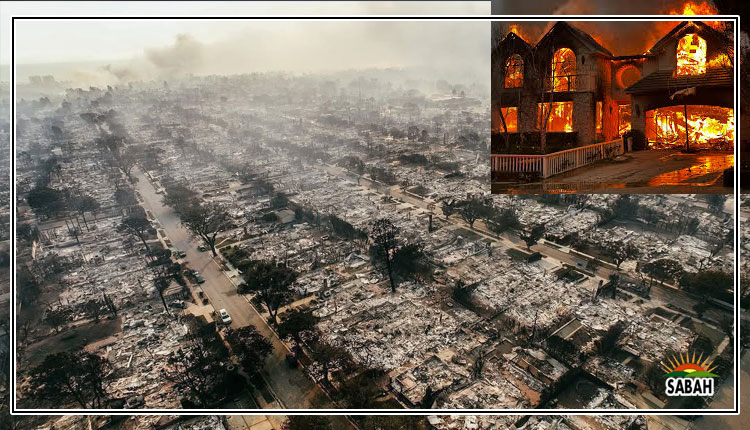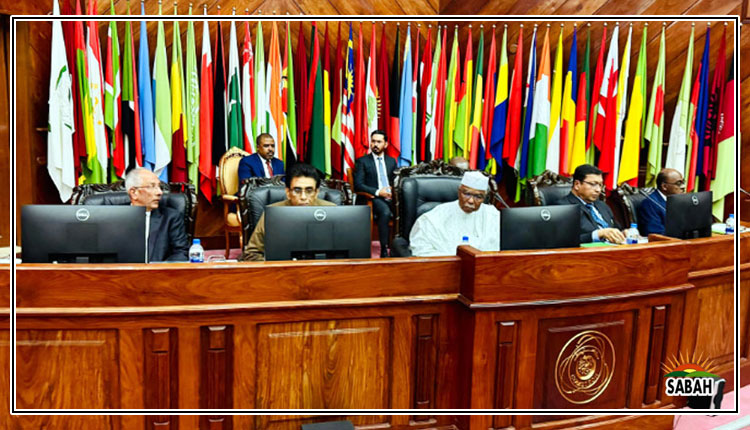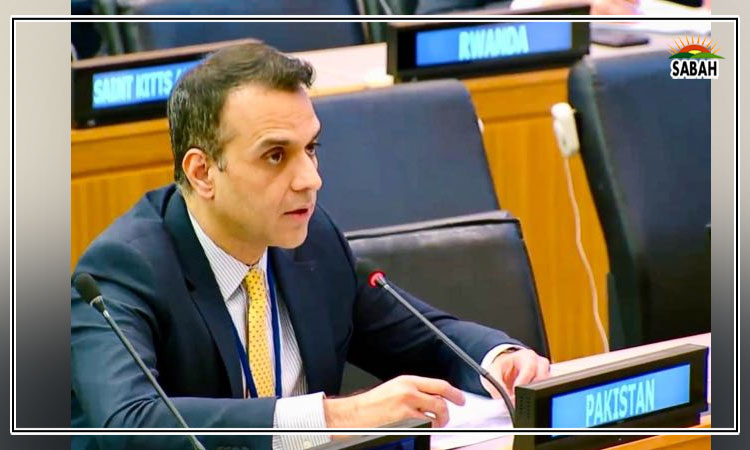The plastic pandemic…Mariam Saleem
If plastic use were a country, it would be the fifth largest emitter of greenhouse gases in the world, just after China, the US, India and Russia. Plastic has become an inseparable part of our daily lives; Plastic is cheap, versatile and reliable, says Eirik Lindebjerg, Global Plastics Policy Manager at the World Wildlife Fund (WWF).
However, the dark side of this love affair with plastic is the toll it takes on our planet, choking it, while heating it up (read: climate change). Plastic, despite not being a direct greenhouse gas emitter, has a substantial carbon footprint throughout its life cycle. Most people do not realize that plastic originates from fossil fuels, and the plastic industry currently accounts for more than six per cent of global oil consumption.
As a result, due to the energy-intensive processes required to extract and distil oil, the production of plastics generates enormous amounts of greenhouse gas emissions. Greenhouse gases largely contribute towards global climate change, and are responsible for glacier melting, flooding and crop death from more intense droughts, imposing huge costs on governments and society as a whole.
Around the world, one million plastic bottles are purchased every minute, while up to five trillion plastic bags are used worldwide every year. In total, half of all plastic produced is designed for single-use purposes used just once and then thrown away. But there is no away for plastics. Of the seven billion tons of plastic waste generated globally so far, less than 10 per cent has been recycled: the rest is dumped into the natural environment, or sometimes shipped thousands of kilometres to destinations where it is mostly burned or dumped (read: Pakistan).
Plastic can stay in the environment for thousands of years, breaking into micro pieces, impossible to remove, and can affect marine and land-based ecosystems in a terrible manner. Plastic pollution alters habitats and natural processes, reducing the ecosystems ability to adapt to climate change, directly affecting millions of people and livelihoods, food production capabilities and social well-being. Around 18 million tons of plastics originating from South Asia are mismanaged and, consequently, washed into the ocean.
Plastic in the oceans interferes with the oceans capacity to absorb and sequester carbon dioxide, thus accelerating climate change. Alert: a garbage truck equivalent of plastic waste is dumped in the ocean every minute! A common waste treatment practice in South Asia is open burning for plastic disposal.
Not only is waste burning a significant source of dangerous carcinogens it is also a climate pollutant that contributes to climate change, increasing melting in polar regions due to the deposition of soot and black carbon on snow and ice, and resulting in numerous human health issues. The global warming potential of black carbon is up to 5,000 times greater than that of carbon dioxide.
In Pakistan, 250 million tons of garbage primarily consists of plastic bags and pet bottles; 65 per cent of waste that ends up on beaches along Pakistans coast includes water bottles, caps, plastic bags and packaging, according to WWF. Recognizing the urgency to address this challenge, the government has taken a significant step forward by approving the long-awaited Single-Use Plastics Prohibition Regulations, 2023 in Islamabad.
These regulations represent a milestone in establishing a comprehensive framework and timeline for phasing out single-use plastics. Also, the federal government, notably the Ministry of Climate Change and Environmental Co-ordination, is leading by example, spearheading a plan to reduce and eventually ban the use of single-use plastics across its agencies.
While there is no single vaccine to cure the plastic pandemic, proponents of plastics argue for a more comprehensive evaluation of alternative materials. They highlight the importance of conducting life-cycle analyses to assess the environmental impacts of various materials, including paper, glass, and metal, while taking into account factors such as resource extraction, production emissions, use, disposal, and overall environmental impact.
Plastic advocates suggest that while plastics have their own drawbacks, alternatives may not necessarily be more environmentally friendly. Therefore, achieving a sustainable future requires striking a delicate balance in our decision-making processes.
But the hard facts remain. Humanity now produces more than 200 million tons of plastic waste annually. Plastic pollution is threatening the ability of the global community to keep global temperature rise below 1.5 degrees C. It has now become imperative, more than ever, to reduce plastic consumption, improve recycling and waste management systems, promote the use of alternative materials, and transition to renewable energy sources.
For every dollar that producers pay for plastic, governments and society will spend at least 10 times as much to remedy its countless negative impacts (Lindebjerg). Lets invest wisely for a sustainable future.
Courtesy The News












